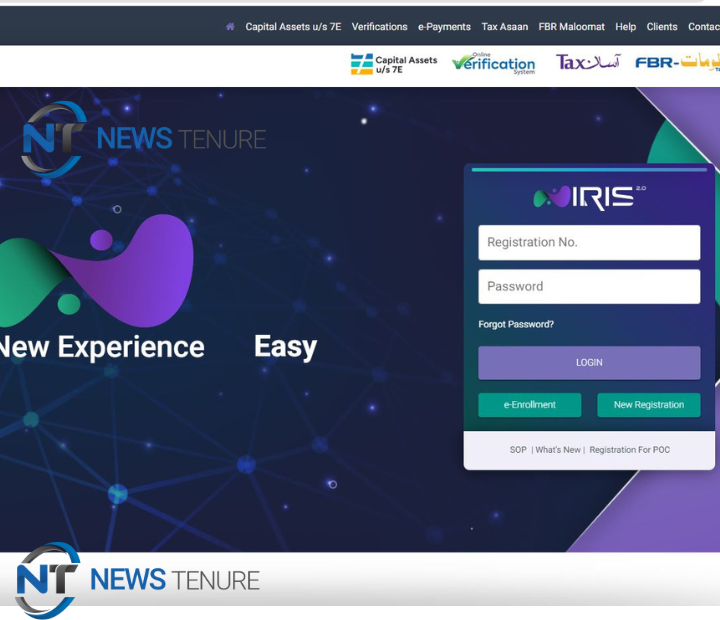Introduction
In the vast landscape of biometric technologies, iris recognition has emerged as a fascinating and highly secure method of identifying individuals. One of the leading technologies in this realm is Iris FBR (Fast, Biometric, and Reliable), which brings efficiency and accuracy to the forefront. In this beginner-friendly guide, we’ll delve into the intricate world of iris recognition, exploring what makes it unique, its applications, and the incredible technology behind Iris . Unraveling the Wonders of Iris Recognition IRIS Technology:
Understanding Iris Recognition
- The Uniqueness of the Iris: The human iris, the colorful part of the eye that surrounds the pupil, is as unique as a fingerprint. No two irises are identical, even among identical twins. This inherent distinctiveness forms the basis for iris recognition technology.
- Iris Recognition vs. Other Biometrics: Unlike fingerprint or facial recognition, iris recognition provides an exceptionally high level of accuracy. The iris has a large number of unique features, making it a reliable biometric identifier. It is also less prone to changes over time, ensuring consistency in identification.
- How Iris Recognition Works: Iris recognition involves capturing a detailed image of the iris using specialized cameras.
The system converts this image into a mathematical template, essentially creating a digital representation of the unique features of the iris. When identifying a person, the system scans their iris and compares it to the stored templates in the database. The captured template with the stored templates in the database.
Iris FBR Technology
- Speed and Efficiency:
- Iris FBR is designed to be fast and efficient, making it suitable for various applications where quick and reliable identification is crucial. The technology excels in scenarios where time is of the essence, such as security checkpoints at airports or access control in high-traffic areas.
- Biometric Accuracy: Iris FBR boasts a high level of accuracy, minimizing the chances of false positives or negatives. This is particularly important in security and authentication systems where precision is paramount. The advanced algorithms used in Iris FBR ensure a reliable and precise matching process.
- Adaptability and Integration:
- Iris FBR technology is adaptable and can be seamlessly integrated into existing security systems. This adaptability makes it a versatile choice for a range of applications, from border control to financial transactions. Its integration potential is a key factor in its widespread adoption across industries.
Applications of Iris FBR
- Airport Security: In the realm of aviation, Iris FBR plays a crucial role in enhancing security at airports. Fast and accurate identification of travelers at various checkpoints ensures a streamlined and secure travel experience.
- Access Control Systems:
- Iris FBR is widely used in access control systems for buildings, data centers, and restricted areas. Its reliability makes it a preferred choice for organizations looking to bolster their security measures.
- Financial Transactions: The financial sector has embraced Iris FBR to enhance the security of transactions. From ATM withdrawals to online banking, iris recognition adds an extra layer of authentication, safeguarding sensitive financial information.
- Healthcare Systems:
- In healthcare, Iris FBR can be utilized for patient identification, securing electronic health records, and controlling access to restricted medical areas. The non-intrusive nature of iris recognition makes it an ideal solution in healthcare settings.
Challenges and Future Developments
- Privacy Concerns: While biometric technologies offer enhanced security, they also raise privacy concerns. Iris recognition, with its ability to uniquely identify individuals, requires robust privacy measures to address potential misuse of personal information.
- Technological Advancements: The field of biometrics, including Iris FBR, is dynamic and continually evolving. Ongoing research and technological advancements aim to enhance the speed, accuracy, and security of iris recognition systems.
- Standardization and Regulation: As the use of iris recognition expands, there is a growing need for standardization and regulation to ensure ethical use and prevent misuse. Establishing clear guidelines will contribute to the responsible development and deployment of Iris FBR technology.
Conclusion
Iris FBR stands at the forefront of biometric technologies, offering a fast, reliable, and secure method of identification. From airport security to financial transactions, its applications are diverse and impactful. As technology continues to advance, the future holds even greater possibilities for Iris FBR, making it an exciting and essential component of the evolving landscape of biometrics. Whether you’re a tech enthusiast or someone new to the world of iris recognition, the wonders of Iris FBR are sure to captivate and inspire a deeper understanding of the incredible possibilities that biometric technology holds for the future.



